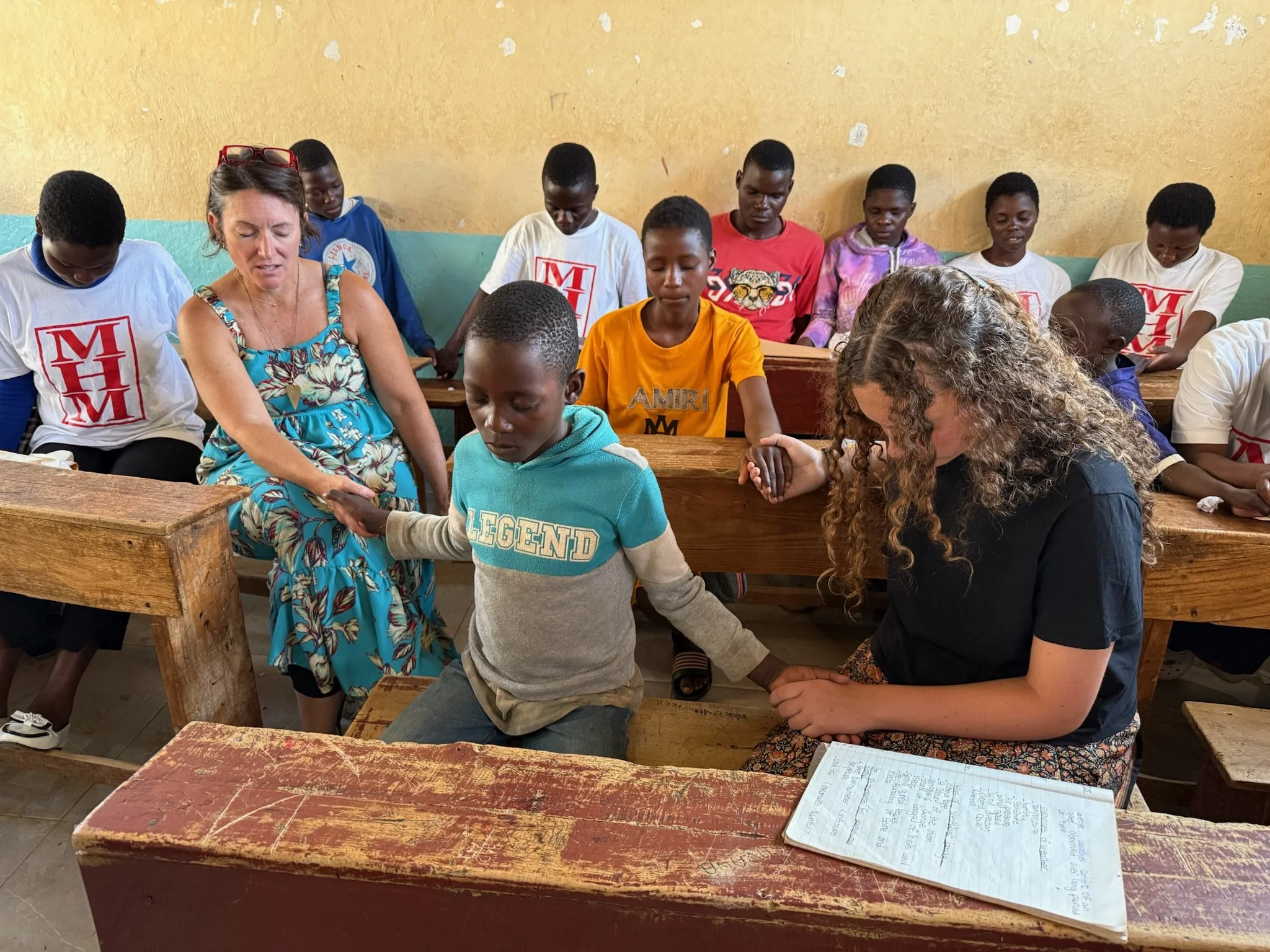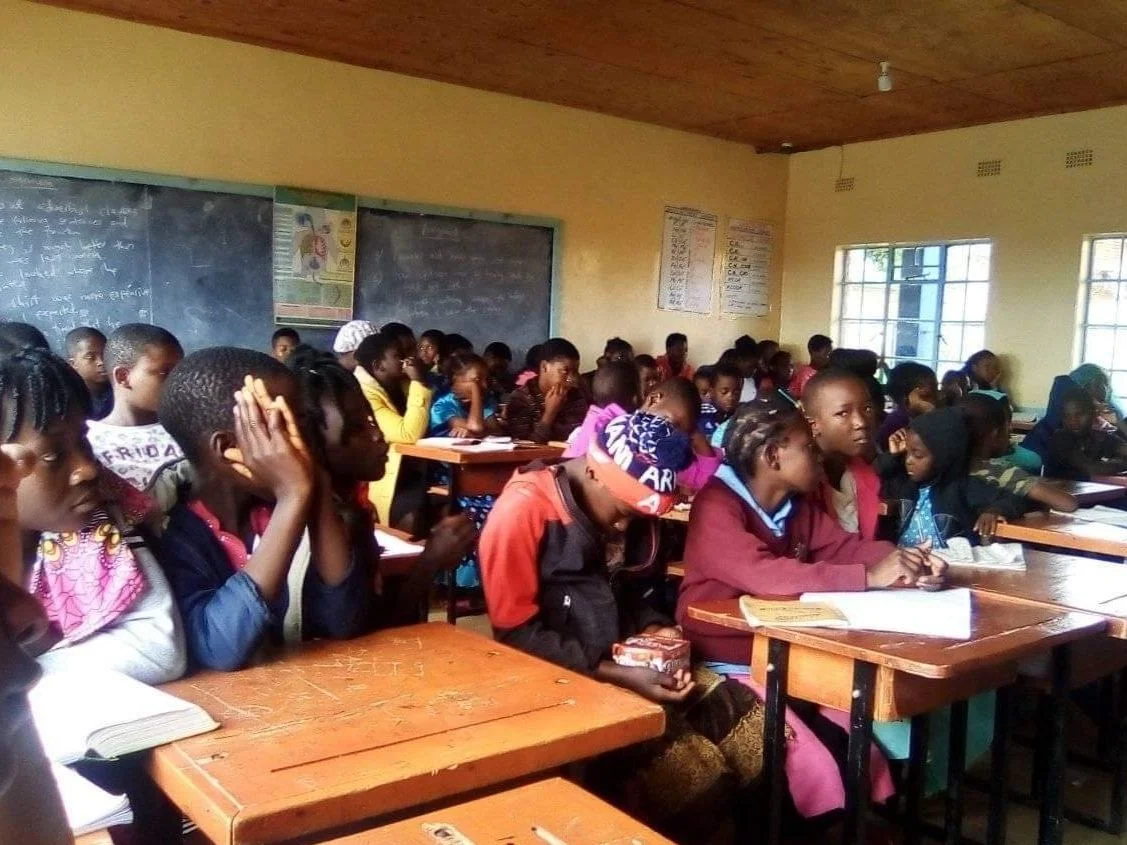Overall Impact Factors
Malawi has an adult literacy rate of 65.75% (73% for male and 59% for female) and the percentage of females and males aged 25+ that have some secondary education is as low as 21.1% (16.7% and 25.4%, respectively). These are among the lowest education statistics of sub-Saharan Africa.
Only an educated and skilled population will help Malawi achieve accelerated economic growth and attainment of the socio-economic development goals.
Approximately 90% of girls will start the first grade of primary school, but only 40% will start the first grade of secondary school, and only 10% will remain. This is partly due to 50% of girls being married off by the age 18 or earlier, and 35% giving birth by the same age. Only Six Percent of girls graduate from high school each year, with only 2.9% going on to seek post-secondary education studies.
The statistics below reveal more about the private/public schools and very little about the rural village schools.
Primary School
Many Factors Contribute to low learning outcomes in primary school, here are a few:
Dropout rate: The dropout rate for primary education has improved significantly from 11.7% in 2009 to 3.2% in 2018. However, retention remains a challenge with primary completion rate at 52% and repetition rate at 24.5%. As a result, this has led to an increase in the out-of-school children population.
Repetition of grades: Over the past 20 years, repetition in Malawi primary school has hovered around 25%, which is by a wide margin above the world's best practices as far as repetition percentages are concerned. High absenteeism by both learners and teachers
Pupil/teacher ratio: The number of qualified teachers in primary schools has increased resulting in improved Pupil Qualified Teacher Ratio (PQTR) from 92:1 in 2009 to 70:1 in 2018 against the target PQTR of 60:1 implying that there is still a shortage of qualified teachers in primary schools.
Textbook/student ratio: Inadequate textbooks with the learner textbook ratio per subject reaching as high as 10:1 in some schools.
Secondary School
In Malawi, secondary school statistics show low transition and completion rates, with challenges including expensive fees and a shortage of schools, teachers, and facilities. The gross enrollment ratio for female secondary education was 35.66% in 2022, and while transition rates from primary to secondary school are improving (47.2% in 2023), secondary school completion remains low, at around 22% as of 2023. Factors contributing to this include financial barriers, long distances to schools, and a lack of adequate infrastructure and resources. - according to AI overview
Secondary education is recognized as critical for real employment skills development; but it also constitutes a complex level of education, both in terms of adolescent development and also in terms of moving the academic agenda to a more difficult level.
The dropout rate at the secondary education level has been on the rise and it was at 10.9% in 2018 with more girls dropping out compared to boys (13.4 % girls, 8.5% boys). In 2022, approximately 85% of children did not complete senior secondary education. Factors contributing to this problem include poverty, child marriage and teen pregnancy (especially among girls), and the high cost of tuition for secondary schooling.
For the entire country of Malawi, there are only 1,411 secondary schools compared to 6,065 primary schools.
University
In 2025, 14,175 students were selected for public universities and colleges in Malawi, with female enrollment reaching 41%. While tertiary enrollment is low, with a gross enrollment rate of 0.4% in 2021, efforts are being made to increase it. Public universities serve a significant portion of the student population, but the number of private universities is also increasing.
Gender Ratio: The intake achieved a 59:41 male-to-female ratio.
- according to an AI overview
There are just over 25 private universities in Malawi, with a new one opening every so often. In the absence of a system to collect statistics, the total student population in Malawian public and private universities can anecdotally be estimated to be between 40,000 and 50,000.
In 2017, just over 136,000 sat the Malawi School Certificate of Education examination (MSCE - exams required after completion of form 4). Of these, about 84,000 passed, representing 54 percent.
-Nyasa Times article dated July 29, 2018
Trade School
Specific statistics for "trade schools" in Malawi are scarce, but general statistics on Technical, Vocational Education and Training (TVET) show a significant gap between the number of trained graduates and labor market needs
Challenges hindering the effectiveness of the TVET system in Malawi:
The irrelevance of the curriculum is one of the critical challenges. As technology in the industries progresses, coupled with the changing labour market demands, the curricula for many vocational training programs become outdated.
The quality of graduates from Malawi's TVET institutions is an increasing concern in the industry. The mismatch between TVET graduates' skills and the competencies needed to achieve their productivity needs is a common source of dissatisfaction among industries. Due to this gap, TVET graduates have higher rates of underemployment and unemployment.
Inadequate financial resources limit the provision of recommended training materials and the enrollment of qualified staff.
These challenges plus many more are a sign of a larger problem: a drop in economic competitiveness and productivity.





